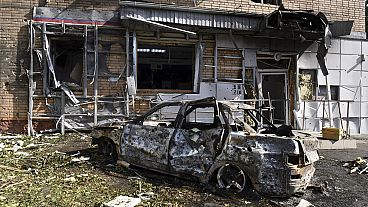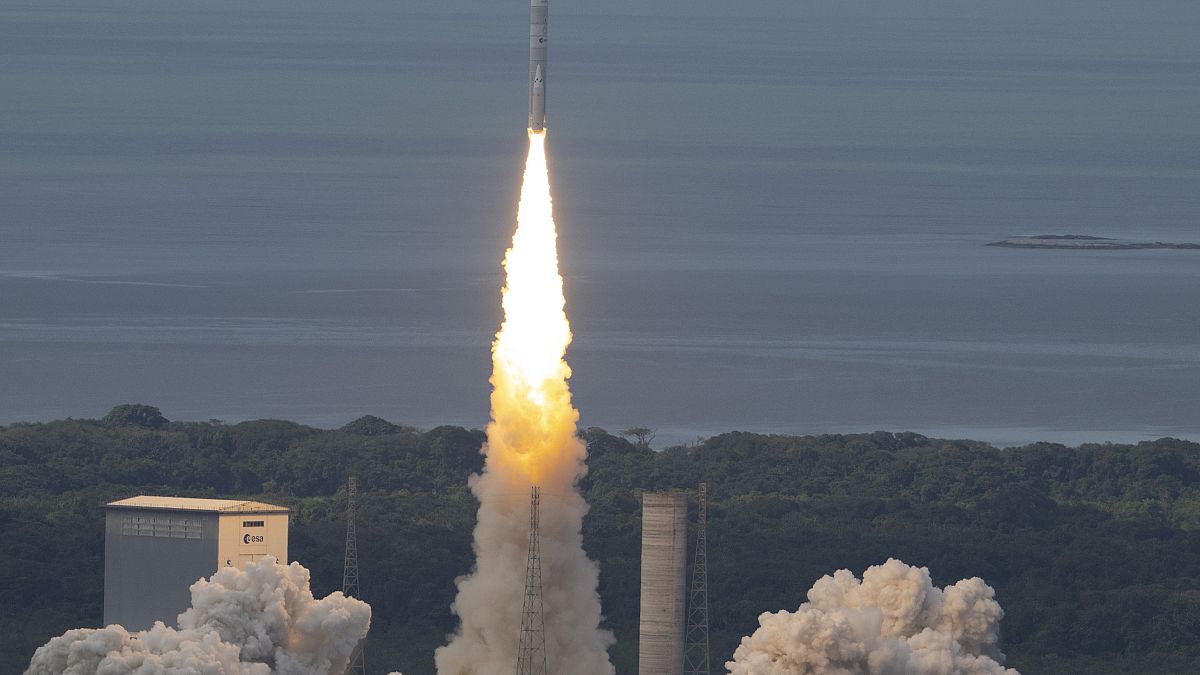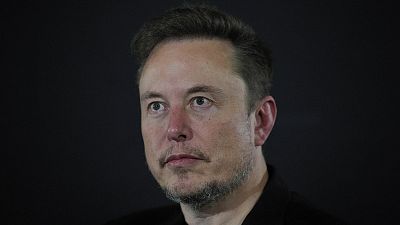The Ariane 6 launch is seen as a return to space. We take a look at what’s next for the mission, future rocket launches, and what it means for Europe.
It took 10 years, 18 minutes, and 44 seconds for the Ariane 6, Europe’s latest rocket, to reach orbit.
An hour after launch, the rocket did what it was designed to do: deploy a series of small satellites into orbit at 600 km above the Earth.
It also showed how a new launchpad, designed by CNES, France’s space agency, would work for faster, future rocket launches.
The mission, which has been in the works since 2014, was immediately deemed a success by the European Space Agency (ESA) and its partners; the launch wasn’t without incident as the rocket’s upper booster plunged out of orbit in an "anomaly," and another engine could not be reignited.
"A completely new rocket is not launched often," Josef Aschbacher, ESA’s director general, said earlier this week about the launch.
"I am privileged to have witnessed this historic moment when Europe's new generation of the Ariane family lifted off – successfully – effectively reinstating European access to space".
So, now that Europe’s access to space has been restored, what’s next?
'The start of Ariane 6’s operational career'
The July 9 mission showed that Ariane 6 could disengage its payloads into space and restart its engine, meaning it could eventually drop off passengers into different orbits.
It also means future Ariane 6 flights will have a clean re-entry into the atmosphere, instead of remaining floating in space.
The craft launched earlier this week is a demonstration flight, according to ESA, that will "show the capabilities and prowess of Ariane 6 [for] escaping Earth’s gravity".
"The success of this first flight marks the start of Ariane 6's operational career," Stéphane Israël, CEO of Arianespace, the French operator of the rocket, said in a release.
Guy Pilchen, ESA project manager for the Ariane 6, said the crew is now analysing the data collected by the rocket during this inaugural mission to prepare for another one later this year. They are hoping to finish their analysis by August.
By next year, Pilchen said Ariane 6 will be "ramping up" its flight schedule.
Once it is up and running, Ariane 6 is supposed to have nine launches in 2025 and could go up to 11 or 12 in future years.
The Ariane 6 is the next model to replace the Ariane 5, Europe’s main launcher that retired in 2023 after 27 years.
There are two versions of the Ariane 6: the 62, with two boosters, and the 64 with four. Pilchen said the data collection from the latest mission will help engineers improve the 64’s performance.
The Ariane 6 is one of two in ESA’s "family of launchers," along with the Vega-C, ESA's smaller launch vehicle for lighter payloads.
Both Ariane 6 and Vega have been criticised for being nonreusable, unlike SpaceX’s models which can be used for more than one mission.
Pilchen said work is being done on a joint engine for Ariane and Vega, which will improve both rockets’ reusability.
A new era of positive competition
Until the Ariane 6 launch, ESA used SpaceX vehicles on some missions. For example, SpaceX launched two Galileo satellites in April for European GPS and the EarthCARE satellite in May.
Pilchen said this was a temporary measure for missions that "couldn’t wait" for the Ariane 6 launch. Now that the rocket is up and running, Pilchen said the agency will no longer be contracting with SpaceX.
Outside of its work with the Ariane 6 and Vega launchers, ESA is following NASA’s model: funding new start-ups that are developing new rockets by handling their funding, giving out contracts for future missions, and allowing access to their base in French Guiana.
ESA is going against other, more established companies like Rocket Factory Augsburg and Isar Aerospace in Germany and Spain’s PLD Space. Isar, for example, announced in June they received more than 65 million in the first-ever direct investment by NATO’s Innovation Fund.
All of these companies are looking to send their rockets to space for the first time in mid to late 2025, meaning more European-made products there soon.
Pilchen said this increase in competition is "positive" because it could ultimately improve the technology behind ESA’s legacy launchers, which were first designed in 2014.
On July 5, the ESA council also adopted a resolution for Arianespace to transfer the operation of the Vega-C rocket to Italian manufacturer Avio ahead of a September launch.
The resolution gives Arianespace more time to concentrate on Ariane 6’s future launches, a press release at the time said.
ESA and private startups still face stiff competition from SpaceX.
EUMETSAT, Europe’s weather satellite operator, decided a few days before the Ariane 6 mission that it would give SpaceX a contract to launch their new weather forecasting satellite on a Falcon 9 rocket in 2025.
This meant essentially revoking the initial agreement with the ArianeGroup, the manufacturers of the current rocket.
ESA's Aschbacher said in a post on X before the launch that the decision was "surprising" and that "now is the time for Europe to support autonomous access to space".
EUMETSAT declined an interview due to "contractural obligations" that limit them from talking about the new contract.
A statement said the decision was "driven by exceptional circumstances," that does not "compromise our standard policy of supporting European partners".















